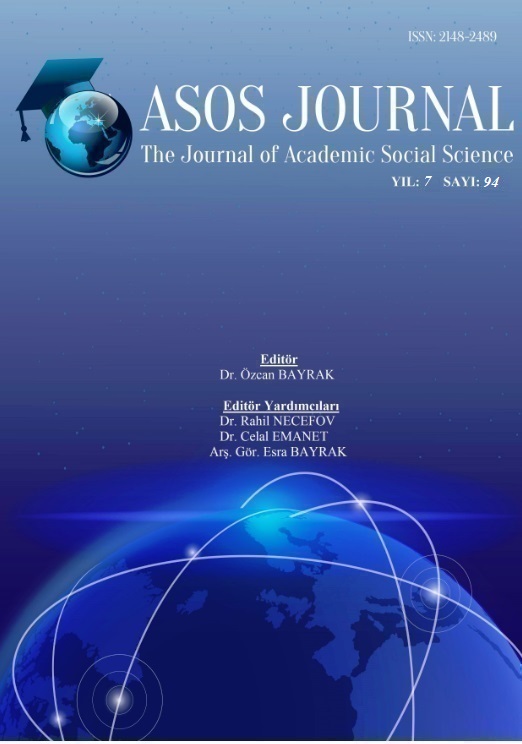Author :
Abstract
Ölüm Hükmü” romanı “Kültürel İmha Siyaseti”ni farklı şahıs kadrosu ve hikâyeler etrafında ele alır. Eserde Azerbaycan’da 1920-1991 yılları arasında hâkim olan Sovyet rejimi, rejimin baskısıyla insanların yozlaştırılması ve milli benliklerini oluşturan din, dil ve kültür gibi esas öğelerin imha edilmesiyle birlikte bir toplumun öz benliğinden koparılarak yok edilmesi anlatılmaktadır. “Kültürel İmha Siyaseti” çerçevesinde, “Tilki Geldi Mezarlığı” kutsal bir mekân olmasına rağmen imha projeleriyle ahlaki çürümenin merkezi haline getirilir. Bu mezarlığın müdürü ise ahlaki yobazlığın temsilcisi haline dönüşür. Kur’an-ı Kerim okuyabilmek için özel izin gereklidir. Eserde farklı bir sembolik işlevi olan bir köpeğin intihar ile sonuçlanan yaşam hikâyesi ele alınır. Azerbaycan’ın Hadrut Kasabası’nda başlayan veba salgını, yetkililer tarafından kasabanın tecrit edilmesiyle engellenmeye çalışılır. Dış dünyayla ilişkisi kesilen kasaba halkının salgında ölen yakınlarını yakmak için tutuşturulan ateş, sembolik olarak bir milletin yok edilmesini temsil eder. Düzenlenen “İzhar-ı Nefret” toplantılarında herkes halk düşmanı olarak ilan edilir ve kurşuna dizilir ya da sürgün edilir.
Keywords
Abstract
The novel ‘Death Warrant’ handles ‘Cultural Annihilation Policy’ around different individual crews and stories. In the work it was told the Soviet regime dominated in Azerbaijan between 1920-1991, degeneration of people with the repression of the regime and the destruction of a society by ripping it off from its self with the destruction of fundamental elements such as religion, language and culture constituting the national identity. Within the framework of ‘Cultural Annihilation Policy’ ‘Fox Came Cemetery’ although it is a sacred place, it was transformed into a center of moral decay with destruction projects. The director of this cemetery becomes the representative of moral commotion. Special permission is required to read the Quran. The life story of a dog that results in suicide which has a different symbolic function, was handled in the work. The plague epidemic started in Hadrut Town of Azerbaijan was tried to be prevented by the authorities by the isolation of the town. The fire that was inflamed to burn the relatives who were killed in the epidemic of the townspeople who isolated from the outside world symbolically represents the destruction of a nation. In the ‘Revelation of hatred’ meetings, everyone was declared as enemy of the people and they were shot or exiled





